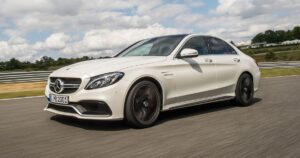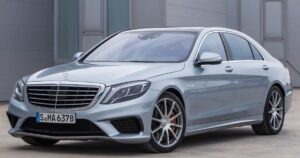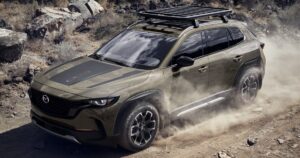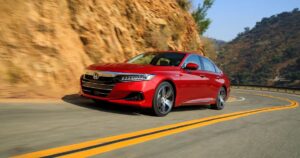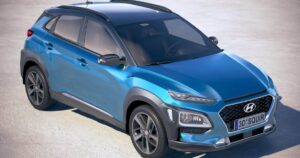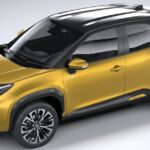Hybrid cars are known for their fuel efficiency and eco-friendly design. However, with proper maintenance, preheating, and the use of winter tires, hybrid car owners can mitigate many of these challenges and enjoy smooth driving in cold climates.
Cold climates can impact the performance of hybrid vehicles in several ways, from battery efficiency to fuel economy. This article will explore how hybrid cars respond to cold conditions and challenges in freezing temperatures.
The Impact of Cold Weather on Hybrid Car Batteries
The performance of a hybrid car largely depends on its battery system. In cold weather, hybrid batteries can face challenges. The chemical reactions inside the battery slow down, leading to reduced efficiency.
- The battery might take longer to charge.
- The electric range can decrease significantly.
- The internal combustion engine may run more often to compensate.
It’s important to understand that cold weather can reduce the efficiency of lithium-ion batteries commonly found in hybrid cars. This is why many drivers notice a drop in fuel economy during the winter months.
How Cold Temperatures Affect Fuel Economy
The fuel economy of hybrid cars is one of their main selling points. But when it gets cold, hybrid cars often lose some of their fuel efficiency. This is because the car’s internal combustion engine (ICE) runs more frequently to provide extra power, which is needed when the battery loses efficiency.
- The engine works harder in cold weather.
- The car may use more gasoline to maintain performance.
- Hybrid cars may need more frequent refueling during winter.
It’s also important to note that the use of heaters, defrosters, and heated seats in cold weather increases energy consumption, further reducing fuel economy.
Hybrid Car Heating Systems And Energy Use
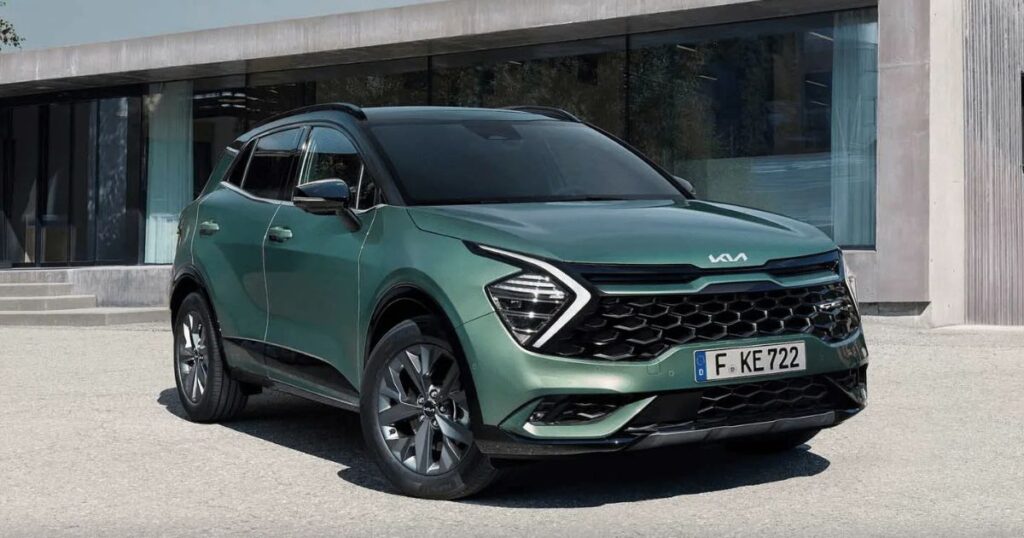
One of the main reasons hybrid cars perform differently in cold weather is due to their heating systems. In a traditional gasoline car, heat is produced as a byproduct of the engine. However, hybrid cars, especially those that rely heavily on electric power, don’t produce as much heat when the engine isn’t running.
- The electric motor doesn’t produce enough heat to warm the cabin.
- The internal combustion engine must run more frequently to generate heat.
- Energy used for heating reduces the battery’s efficiency.
This increased reliance on the internal combustion engine during cold weather can lead to lower overall performance in terms of both fuel economy and battery life.
Regenerative Braking in Cold Weather
Hybrid cars use regenerative braking to recover energy and recharge the battery. But in cold weather, regenerative braking may not work as efficiently. The lower temperatures can reduce the battery’s ability to accept and store energy, meaning that the car relies more on its internal combustion engine.
- The efficiency of regenerative braking drops in freezing temperatures.
- The car may use the gasoline engine more frequently for braking and power.
- Regenerative braking systems may need more frequent maintenance in cold climates.
It’s essential for hybrid car owners to be aware of these challenges when driving in winter weather.
Tire Performance And Traction in Cold Climates
The tires of a hybrid car play a crucial role in its overall performance, especially in cold weather. Cold temperatures can cause the rubber in tires to harden, reducing traction on icy or snowy roads.
- Hybrid cars may lose grip in snowy or icy conditions.
- Winter tires are recommended for better performance.
- Tire pressure can decrease in cold temperatures, impacting fuel economy.
It’s a good idea for hybrid car owners to switch to winter tires or all-season tires designed for cold weather driving to ensure better safety and performance.
The Importance Of Preheating in Hybrid Cars
Preheating is an effective way to maintain the performance of hybrid cars in cold weather. Many hybrid vehicles come with remote start or preconditioning features that allow the driver to heat the car before driving.
- Preheating can improve battery efficiency by warming the vehicle.
- It reduces the need for the internal combustion engine to run constantly.
- The car’s cabin is more comfortable in cold weather after preheating.
Using preheating systems can help mitigate some of the challenges hybrid cars face in freezing temperatures.
How Cold Weather Affects Electric Range in Plug-In Hybrids
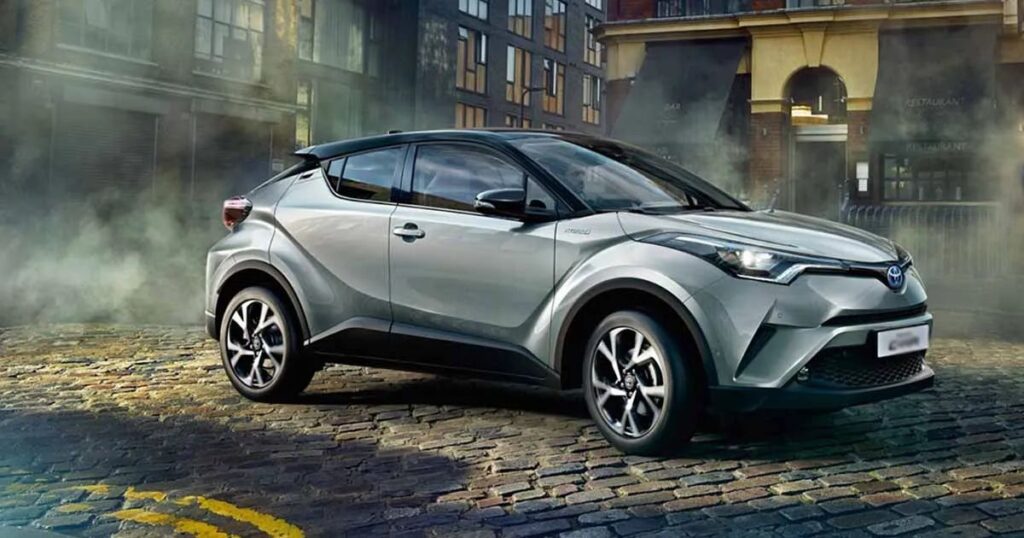
Plug-in hybrid vehicles (PHEVs) rely more on their electric range compared to regular hybrids. However, cold weather can reduce the electric range of a PHEV by as much as 40%. This is because the cold temperatures slow down the battery’s chemical reactions, reducing its ability to hold a charge.
- The electric range drops significantly in freezing temperatures.
- The internal combustion engine kicks in more frequently.
- Charging times can increase in colder weather.
Drivers of plug-in hybrids should expect to use more gasoline in cold weather due to the reduced electric range.
Cold Weather And Hybrid Car Start-Up Times
In cold weather, hybrid cars may take longer to start up due to the reduced efficiency of the battery and the need for the internal combustion engine to warm up.
- The start-up time may increase in freezing temperatures.
- The internal combustion engine runs more often during start-up.
- Hybrid cars may experience delays in engine response during winter.
It’s a good idea for drivers to allow their hybrid car to warm up before driving in cold weather to ensure smooth performance.
Hybrid Car Features That Help in Cold Weather
Many hybrid cars come equipped with features that help improve their performance in cold weather. These features can help mitigate some of the challenges faced by hybrid vehicles in winter.
- Heated seats and steering wheels reduce the need for cabin heating.
- All-wheel drive systems improve traction in snowy conditions.
- Remote start systems allow the car to warm up before driving.
These features can help hybrid car owners maintain comfort and performance during cold weather.
Hybrid Car Safety Features in Cold Weather
Safety is a top priority when driving in cold weather, and hybrid cars come equipped with a range of safety features designed to protect drivers in winter conditions.
- Anti-lock braking systems (ABS) help prevent skidding on icy roads.
- Traction control improves stability in snowy conditions.
- Advanced driver-assistance systems (ADAS) provide additional safety in cold weather.
These safety features are essential for maintaining control and stability when driving a hybrid car in winter.
How To Store A Hybrid Car During Winter
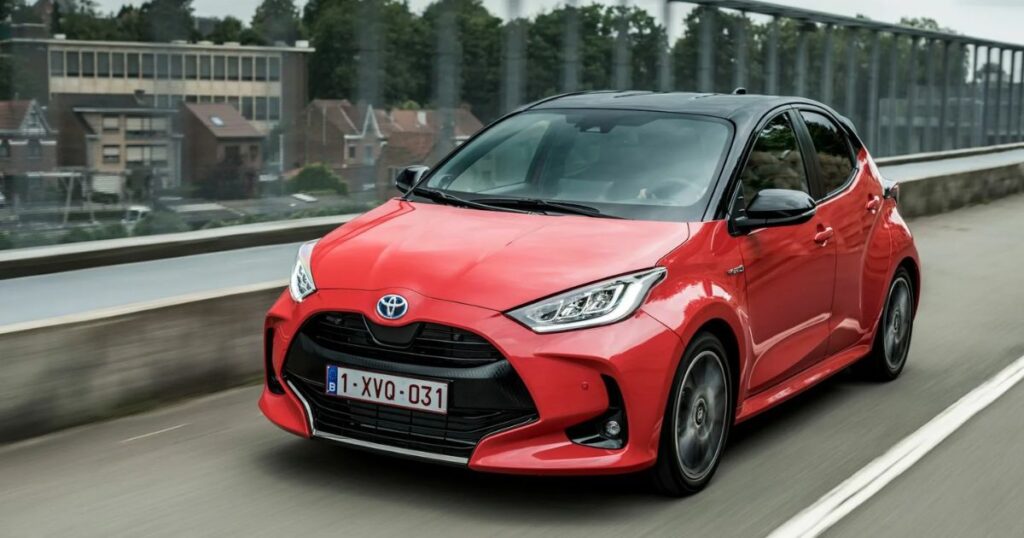
Proper storage of a hybrid car during the winter months is crucial for maintaining its performance. Cold temperatures can drain the battery and cause wear on the internal combustion engine if the car is not stored correctly.
- Hybrid cars should be stored in a garage or sheltered area.
- The battery should be regularly charged to prevent freezing.
- Tires should be checked for proper inflation before storage.
Taking the time to properly store a hybrid car in winter can help extend its lifespan and improve its performance when the weather warms up.
How Hybrid Cars Handle Slippery Roads in Winters
Slippery roads are a common challenge during the winter months, and hybrid cars may struggle with traction in icy or wet conditions. The combination of electric and gasoline power can make it harder for hybrid cars to maintain control on slippery roads.
- Hybrid cars may lose traction on icy roads.
- All-wheel drive systems can improve performance on slippery surfaces.
- Winter tires are essential for maintaining control in slippery conditions.
Drivers should be cautious when driving hybrid cars on slippery roads and consider using additional traction aids such as snow chains.
The Effect Of Winter On Hybrid Car Warranties
Many hybrid cars come with warranties that cover the battery and other components. However, winter weather can impact the car’s warranty if proper maintenance isn’t followed.
- Cold weather can void the battery warranty if the car is not maintained properly.
- Regular maintenance is required to keep the warranty valid.
- Hybrid car owners should check their warranty terms before winter.
It’s essential for hybrid car owners to follow the manufacturer’s maintenance guidelines during the winter months to ensure their warranty remains valid.
Cold Weather Driving Tips For Hybrid Car Owners
Driving a hybrid car in cold weather requires a few adjustments to ensure the vehicle performs at its best. By following some simple driving tips, hybrid car owners can maintain their car’s efficiency and performance in winter conditions.
- Preheat the car before driving to improve battery efficiency.
- Use winter tires to improve traction on snowy or icy roads.
- Drive slowly and carefully to avoid losing traction on slippery surfaces.
These tips can help hybrid car owners navigate the challenges of winter driving and maintain their car’s performance.
Hybrid Car Performance Compared To Electric Cars in Cold Weather
While hybrid cars face challenges in cold weather, they often perform better than fully electric cars in freezing temperatures. This is because hybrid cars have an internal combustion engine that can provide extra power when the battery’s efficiency drops.
- Hybrid cars perform better in cold weather than fully electric cars.
- The internal combustion engine provides additional power in cold climates.
- Electric cars may struggle more with range and battery efficiency in freezing temperatures.
Drivers in cold climates may prefer hybrid cars over fully electric vehicles due to their ability to perform better in cold weather conditions.
The Future Of Hybrid Cars in Cold Weather
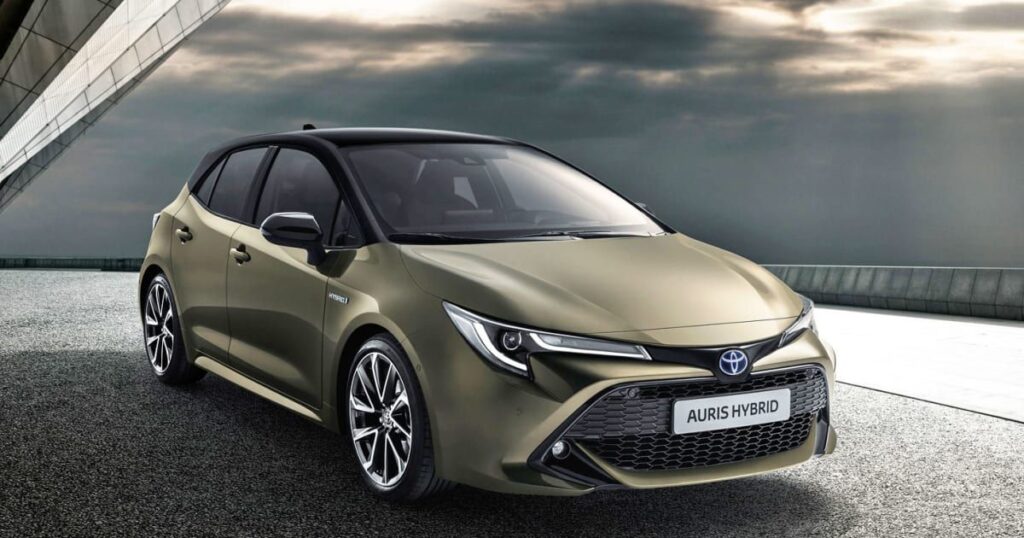
As technology continues to improve, hybrid cars are becoming more efficient and better equipped to handle cold weather. New advancements in battery technology and heating systems are helping to mitigate the challenges hybrid cars face in winter.
- New battery technologies are improving cold weather performance.
- Hybrid cars are being designed with better heating systems.
- Future models may perform even better in freezing temperatures.
The future looks bright for hybrid cars, with ongoing improvements that will help them perform even better in cold weather.
Frequently Asked Questions
How much does cold weather reduce hybrid car efficiency?
The cold weather can reduce hybrid car efficiency by up to 30%, especially in freezing temperatures. The drop is mainly due to reduced battery performance and increased use of the internal combustion engine.
Do hybrid cars need special maintenance for winter?
Yes, hybrid cars require additional maintenance during the winter months. This includes checking the battery, tires, and heating systems to ensure optimal performance in cold weather.
Can hybrid cars be driven in snow?
Yes, hybrid cars can be driven in snow, but they may require winter tires or chains for better traction. All-wheel drive systems in hybrid vehicles can also improve performance in snowy conditions.
Does cold weather affect the warranty on hybrid cars?
Cold weather can affect the warranty on hybrid cars if the vehicle is not properly maintained. It’s essential to follow the manufacturer’s guidelines for winter maintenance to keep the warranty valid.
Conclusion
Hybrid cars can perform well in cold weather, but they face some unique challenges. The drop in battery efficiency, reduced fuel economy, and increased reliance on the internal combustion engine can affect their overall performance in freezing temperatures.
As technology continues to improve, hybrid cars will likely become even more efficient and better suited for winter driving.

Hello, Ride here I’m excited to share everything about hybrid cars. We provide helpful Tips And guide about hybrid cars.

